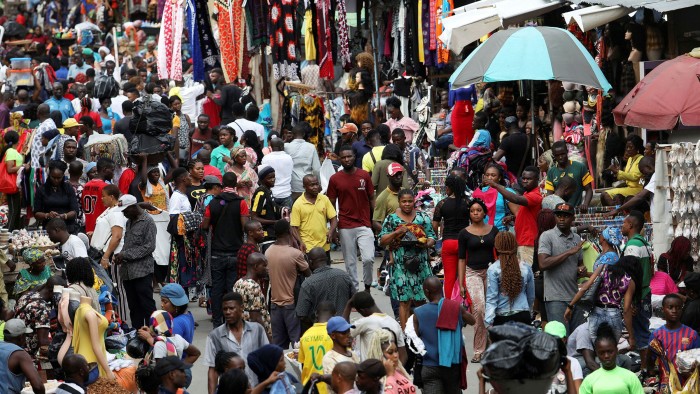Emerging economies tap debt markets but risks pile up ahead

Simply sign up to the Emerging markets myFT Digest -- delivered directly to your inbox.
Investors’ appetite for emerging market debt, driven by low global interest rates, has averted a fiscal catastrophe in developing countries reeling under the shock of coronavirus. But by attempting to borrow their way out of trouble, governments are storing up bigger problems for the future, analysts warn.
In the panic that gripped markets when the pandemic struck in March, many feared emerging markets would be plunged into a debt crisis like the ones that battered them in the late 20th century.
Rather than debt default, however, there has been new borrowing. Since April 1, developing countries have raised more than $100bn on international bond markets.
“The depth of concern about debt distress back in March and April, which seemed indiscriminate, has eased a lot,” said Stuart Culverhouse, chief economist at Tellimer, an emerging market research company. “We don’t foresee systemic problems for emerging markets.”
But others worry that the longer-term impact of the pandemic will be hard to shrug off. “We have seen V-shaped recoveries in a lot of places and this has fuelled optimism that [the pandemic] is a one-off, a matter of a few months that is painful in the short term but won’t have a lasting impact,” said Phoenix Kalen, emerging markets strategist at Société Générale. “But as we progress and see more infections, more lockdowns, more restrictions on economic activity around the world, reality will start to sink in.”
The economic damage has already been greater than many expected, with double-digit percentage contractions in gross domestic product across much of the emerging world in the three months to June.
In many countries, public finances have been devastated. Between January and May, Nigeria’s federal government spent 72 per cent of its revenues on debt service. South Africa’s government expects a budget deficit this year equal to 15 per cent of GDP, more than twice the deficit it forecast before the pandemic struck.
“Almost all commodity-dependent countries are in the same situation,” said Edwin Ikhuoria, director for Africa of the One Campaign against poverty. “There is just no revenue coming in.”
So far, however, appeals for help have been muted. Although dozens of countries have received emergency funding from the IMF and the World Bank, it has been mostly in small amounts. Only Egypt and Ukraine have signed up for new, full-blooded IMF programmes, known as Stand-By Arrangements, of a combined $10.2bn.
Analysts say the stigma and conditionality often attached to multilateral lending have deterred many countries from seeking such help, and accommodating global financial conditions have given borrowers the option of tapping commercial markets instead.
Inside ETFs

The FT has teamed up with ETF specialist TrackInsight to bring you independent and reliable data alongside our essential news and analysis of everything from market trends and new issues, to risk management and advice on constructing your portfolio. Find out more here
Many are already taking their debt burdens to record levels. Moody’s, the credit rating agency, expects the ratio of debt to GDP in the 19 biggest emerging markets to rise by an average of 10 percentage points this year alone.
Ms Kalen warns that countries cannot borrow forever, even in a world of record-low interest rates.
“At some point, the budgetary constraints become such that governments can’t meet both their expenditures and interest payments,” she said. “If debt continues to balloon at such a pace, it becomes unsustainable.”
Some governments already face daunting choices. Brazil, for example, must decide soon whether to rein in its generous social support programmes, risking a social and political backlash at home, or borrow and spend beyond its self-imposed constraints, risking a backlash from international investors that would send its currency crashing and interest rates soaring.
There are signs that the ability of emerging economies to borrow is reaching a limit. Interest rates on local debt markets are rising. Foreign investors are losing their appetite: a capital flows tracker by Capital Economics suggests that emerging markets suffered net capital outflows of $30bn in August, their biggest outflows since the $55bn the consultancy registered in March at the height of the market panic.
For many emerging markets, what looks like an escape may be no more than a reprieve.
Comments